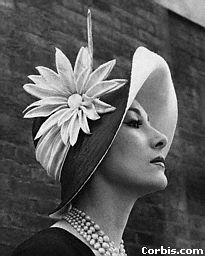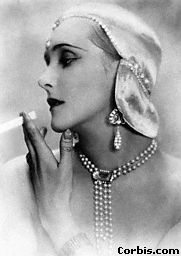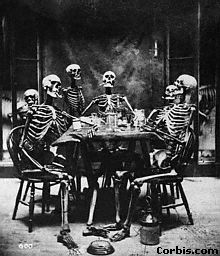 |
 |
 |
 |
 |
 |
 |
 |
 |
 |
 |
 |
 |
 |
 |
 |
 |
 |
 |
 |
 |
 |
 |
 |
 |
 |
 |
 |
 |
 |
 |
| RETURN HOME |
|
SCREENWRITING TIPS |
|
PRE-PRO TIPS |
|
CHECK THESE OUT |
|
|
|
|
|
|
|
| FILM SCHOOL BASICS |
|
|
|
What every filmmaker should know. |
|
|
|
 |
|
|
|
SCREEN DIRECTION:
"The Line" Not to be Crossed |
|
|
More Film School Basics: |
|
|
|
|
|
|
|
|
|
Early filmmakers were afraid to use anything other than full wide-shots. Films were played scene-by-scene like a stage play and the camera simply took in the entire tableau. It was feared at the time that close ups and other cutaways would confuse and disorient the audience. Fortunately, film has evolved some since then. We've lost our fear of close-ups and solved the problem of disorientation with a little something called SCREEN DIRECTION.
Take a look at the two photos, below and left. Set side by side as they are, one might almost believe that the two women are looking at each other. They seem to be confronting one another, in fact. Although they're two random photos I pulled from the GeoCities clip art files, the illusion of interaction is created by their juxtaposition and by SCREEN DIRECTION. Cutting from one picture to the other in a film would have similar effect. |
|
|
|
|
| "Choosing the Right Lens" |
|
|
|
|
|
|
|
|
 |
|
|
|
|
The point, then, is this: the most effective way to show that two people are interacting is to alternate their screen direction. The next time you watch a movie or TV show, notice the close-ups during a conversation. One character will look screen-right, the other will look screen-left. These directions are established from the beginning of the scene and maintained for all close-ups and wide-shots for the scene until character or camera movement alters the setup. To do otherwise would be disorienting and the audience would be left wondering just what those people are looking at. |
|
|
 |
|
|
|
|
|
|
|
|
|
Which brings us to THE LINE. The Line is an imaginary axis running through the middle of a scene, which the camera should not cross. Usually, the Line runs parallel to the characters' line of sight. Let's say two characters are facing each other, talking across a restaurant table. In this scene the Line would likely go from one to the other and extend indefinitely beyond them. A standard sequence of shots might be, an ESTABLISHING SHOT showing the whole scene, OVER-THE-SHOULDER TWO SHOTS focusing on each player with the others' shoulders in the foreground, and CLOSE-UPS of each player. |
|
|
|
 |
|
|
|
Take the photo at left as an establishing shot. The camera is set up to one side of the table, to the right of Figure 1 and to the left of Figure 2. The remaining figures are facing the camera, so we can get close-ups of everyone without crossing the Line which runs from Figure 1 to Figure 2.
Figure 1 is sitting at the left side of the screen facing right and Figure 2 is sitting at the right side of the screen facing left. This means that, for every other shot in this sequence Figure 1 should be facing to the right and Figure 2 should be facing left. The camera should not cross from Figure 1's right to his left, or from Figure 2's left to his right.
Of course, there are ways to cross the Line, if you really feel it is necessary. Camera moves are one of the best ways -- the camera simply moves around the table while the scene is in progress until screen directions have been reversed. Another solution is to begin with a new establishing shot, which serves to tell the audience, "We're shooting from over here now. Deal with it". It's a little clumsier, perhaps but at least you avoid the disorientation of a string of close-ups with no clear sense of who is where or what anyone is looking at. |
|
|
|
|
|
For more details, The Bare Bones Camera Course for Film and Video is basic and easy to read. A more comprehensive reference is The Filmmaker's Handbook. You can search for these and other books on filmmaking at BARNES & NOBLE online. To connect now, CLICK HERE! |
|


